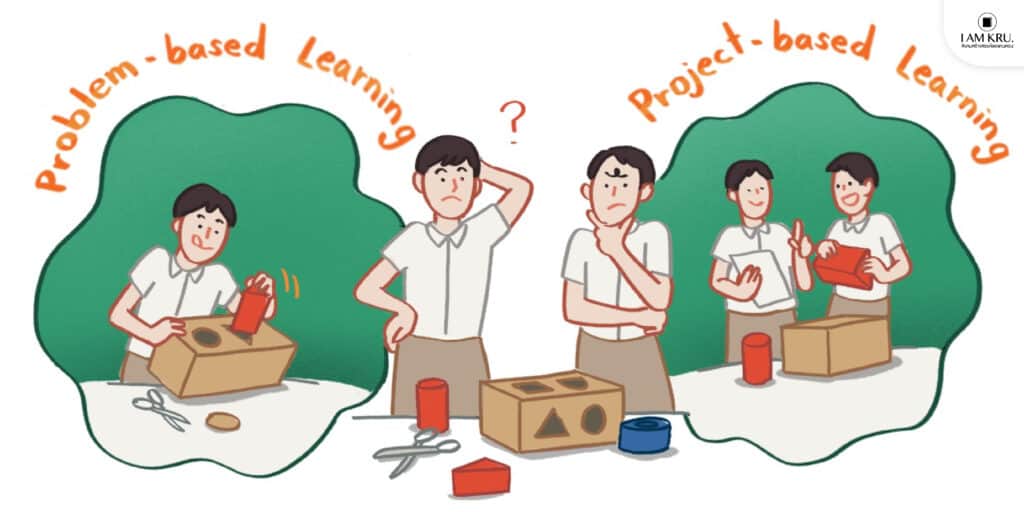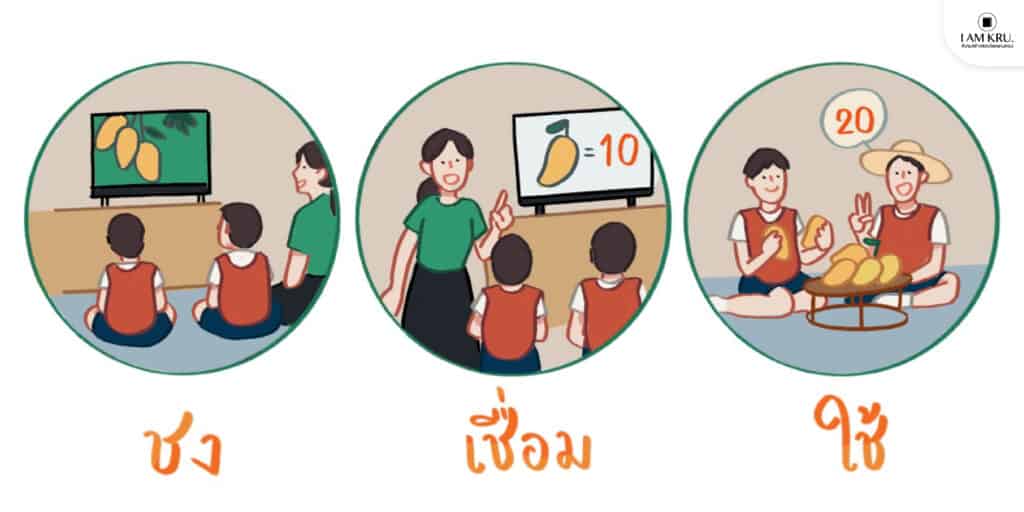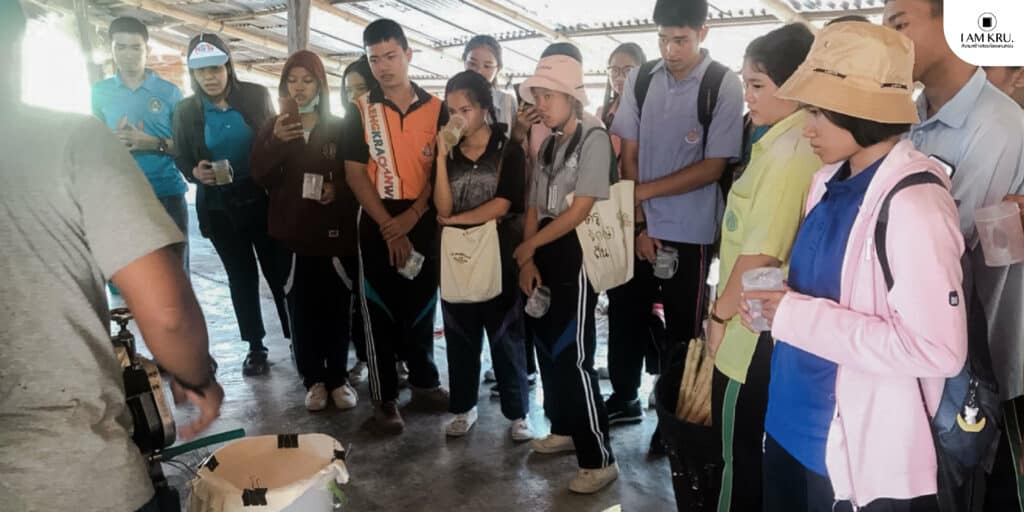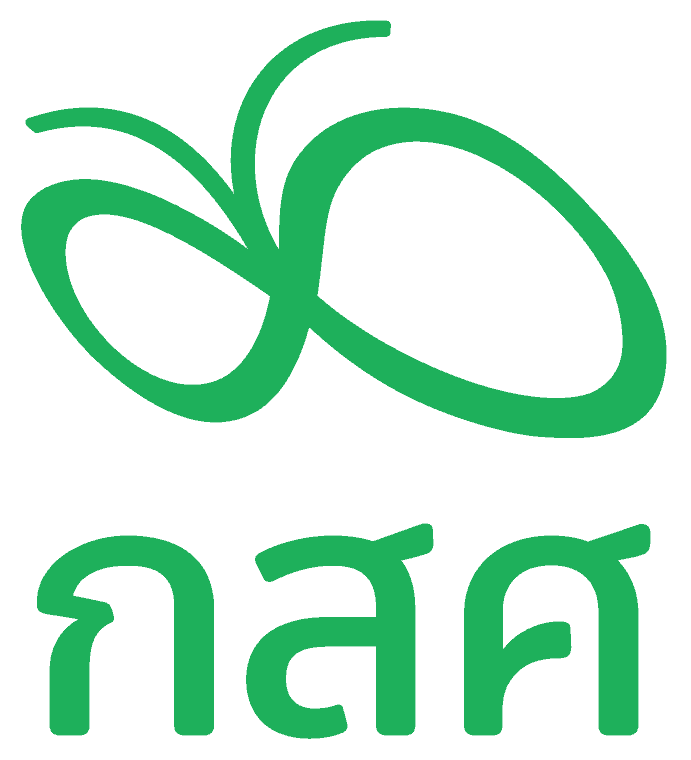“Schools need to have a clear goal about what to be improved in each year. But before we can reach the goal, we need to know our school’s strengths and weaknesses. And this is where data will be helpful,” said Woralak Kongdenfha, a Q-info developer.
To reduce inequality in education, taking actions to solve problems in an area is needed to actually reach out to understand students’ challenges to improve their learning quality access and their quality of life. In addition to reaching out, a sufficient ‘database system’ holding students’ a wide variety of information that can be accessed anytime also plays an important role to decrease educational inequality.
The ‘Teacher and School Quality Program: TSQP’ project is supported by the Education Equity Fund (EEF) that recognizes the importance of this issue. Thus, one of its main missions is to create a large database system to improve the whole education system in Thailand.
The tool developed for collecting large databases is called Q-info. It is an information system that helps improve the quality of education. The system can nearly real-time store student’s information ranging from student’s class attendances categorized by day and subject, class absences, test results, scores from class activities etc.
These sets of information will be assessed to gain insights into individual students’ issues and will be used to help improve students’ learning. As this system stores students’ information in well-rounded aspects, gathering and processing information can effectively be done with fewer processes and shorter time. Thus, EEF uses Q-info as a tool for all educational community members to help improve the quality of school education.
Q-info is adopted in education systems in many countries such as Brazil. This tool has helped increase Brazil’s PISA results which are the highest scores among developing countries’ scores for over 10 years. In the US, Q-info has been adopted to enhance the competitiveness of students in the country as well.
In Thailand, this tool has been adopted since 2015. It started by collecting information about expectations from educational stakeholders such as school leaders, teachers, parents, educational supervisors, education department staff, Educational Service Area staff and staff from the Ministry of Education. As a result, the collected information was summarized into 3 educational indicators, namely equal access to education, quality and efficiency of education. In 2016, Q-info has been applied in the areas of Phuket municipality and Nakhon Ratchasima Provincial Administrative Organization. The use of Q-info has been expanded to 200 schools and to 773 schools in the future.

How Q-info has been developed
As interesting as the information in Q-info is the ‘backend system’ of Q-info. A person who can best explain how this large database system has been developed is Dr Woralak Kongdenfha, a lecturer at the Faculty of Engineering at Naresuan University. Many people may not know her. But when it comes to ‘Ja Chaey’, a police-like statue equipped with a security camera to detect driving offences, which is important research that Woralak was behind the success.
“That piece of research was a collaboration with the traffic division. It is the introduction of digital image processing technology. We initially started using this innovation for detecting traffic on the bridge. If a car drives over the solid line, the camera will detect it and automatically issue a ticket. In the beginning, we tested it at Din Daeng intersection before we extended the use of this technology to other 21 points.”
From technology for traffic safety to educational technology
Woralak has taken part in developing EEF’s information system since 2015 with her intention to solve educational issues through creating a well-founded database.
“The first assignment from EEF is to gather the information that would help transform education and reduce inequality. So, we have to come back and take a look at which information or which indicators would be helpful in tackling inequality. We’ve found 3 points, namely opportunity to access education, inequality in teaching quality and inequality in the school efficiency.”
“When taking a look at the overall educational institution development plan, we need a quality school development plan that is practical. Of course, schools need to have a clear goal about what to be improved each year. But before we can reach the goal, we need to know our school’s strengths and weaknesses. And this is where data will be helpful.”

Database system, a prompt solution to the main problems
Before the introduction to the database system, the schools already need to keep students’ information. Previously, the schools took so much time and effort in the data processing. The teachers had to give some of their teaching time and other responsibilities to processing students’ data instead. What is worse is that there was an inconsistency of data. With this issue, they could not process some important data, such as following up on students’ academic performance at each grade. Therefore, Q-info would play a key role in helping with keeping the assessments consistent and enabling showing trends of change in many consecutive years.
“The first issue about students’ data was the management of personal data. The paper-based data of first graders were not passed on to the teachers of second graders. But if we store these data in the information system, we can retrieve data of students from sixth grade back to first grade. Processed data will be transferred in every school year of students in the form of information for the teachers to analyze weaknesses, strengths, and special learning needs of each student.”
“The second issue was following up on the progress of the educational institution’s development. With the database system, we could track the progress and compare them with the school development plan of each year with goals and indicators. These data would be used the next year again to compare if there is increasing improvement from the previous year.”
Database system to find solutions for local schools
As more schools are introduced to the use of the Q-info database system, more local schools get to use this tool to improve education quality by collecting data for reviewing students’ academic results as well. This allows teachers to set goals to improve students’ learning directly and compare with the results in previous years.
“When we first started adopting Q-info, our first intention was to use it in area-based education. So, at the beginning, we collaborated with Phuket municipality and Nakhon Ratchasima Provincial Administrative Organization. If we want to improve area-based education quality, we need to know if the area has enough information about education, which we found that there isn’t enough.”
“Therefore, we developed 3 indicators including chance, quality and educational efficiency. If we still used the same method in collecting data, we would just send templates to school staff, and they would return them back with information about the number of poor students, students who don’t pass grading criteria, students who fail exams, students who aren’t eligible to take exams or students with the health condition. If we think about if the data is reliable or whether how the data will be useful in helping students or not, sometimes the answer is no.”
“That’s why the data which will be helpful need to be from the school staff effort in collecting data. With Q-info, teachers will report students’ grades printed right from the database system and give the grades reports to parents. This way, the data will be rechecked many times.”
Interesting and worrying results from researches
As a developer of the database system, Woralak has gained more experience and information about many students while collecting data. There were problematic cases found that needed to be resolved.
“There was the information about this student who accumulatively failed 10 classes throughout school levels. When the student finished middle school and got accepted into a high school as a student-athlete, his request for a graduation certificate was rejected because he failed many classes throughout his middle school years. No one took responsibility for this kind of case when the teachers didn’t pass on students’ data. Such a case could take a student’s opportunity away.”
“Another case was found while we were collecting students’ class attendance rate. There was one student who usually missed classes on Monday. This gave us the sign that the student tended to struggle attending classes. Therefore, the teachers needed to know the reason, and they found out that the student could not come to school on Monday because his mother had to go out and work every Monday, so there was no one to take the student to school.”
“The issue about class attendance rate is interesting. Many people might focus on academic results but attending classes is one of the most important factors. Based on many international literature reviews, the studies revealed that students’ frequent absences from school are an alarming sign indicating that the students are dropping out of school, which might be the result of students’ struggles to learn, health conditions, responsibilities to take care of family members etc.”
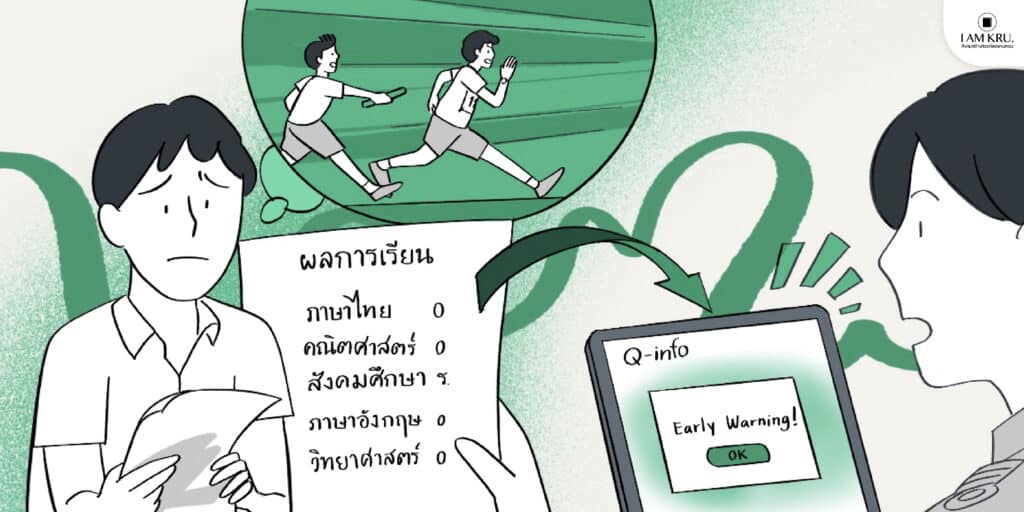
Next step of the database system and education in Thailand
For the future of database systems for education development in Thailand, Woralak has set the roadmap that the data should not only be easy to access but also needs to automatically and quickly ‘notify’ teachers about students’ issues.
“Eventually, we have a system that can process to follow up and help children in a timely manner. For example, the notification popup gives the teachers an early warning. If a student showed a tendency to drop out, the system could individually show the student’s data in various aspects categorized by green, yellow and red code. The database system will track to check if a student is at risk in education, health, economic status and class attendance rate.”
395
Writer

- เอื้อการย์ โรจนจิรไพศาล (มะแม้ว)
- นักเขียนผู้หลงรักการผจญภัยในเมือง ปรัชญาในชีวิตจริง และการไป Cafe Hopping ทั่วทุกมุมเมือง


